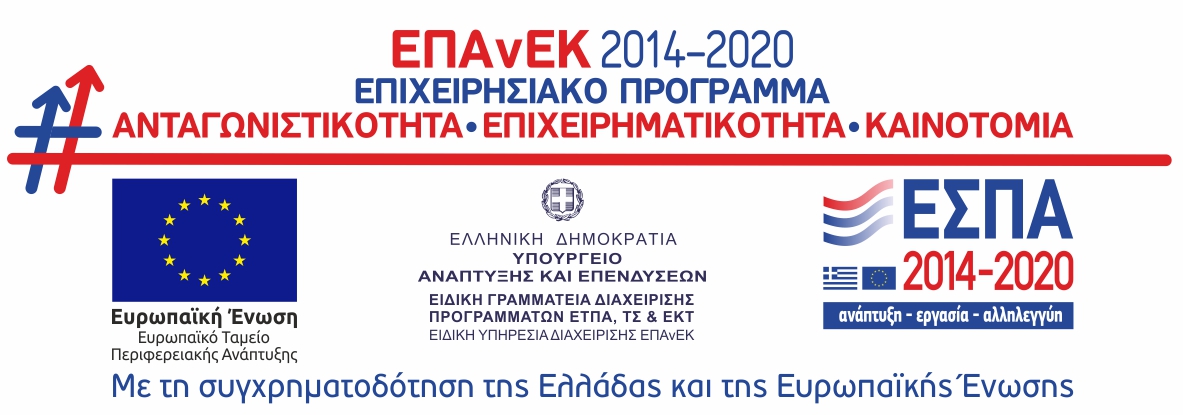Answer: Absolutely. A chant with movement, using a TPR (Total Physical Response) routine, which helps the children learn the chant much more easily, but at the same time, gives them the opportunity to stand up, move and stretch.
The Chant:
“Can you tell me what you are?”
I’m a bird.
I’m a star.
I’m a frog.
I’m a cat.
Can you tell me
what you are?
Using the principles of TPR, we have adapted the following routine, which we would use to teach the chant. The routine has four stages:
Stage One:
T. performs the chant/song along with the actions accompanying it, so
the children will have a complete idea of what they will be asked to do.
I’m a bird
T. stretches her arms wide, left and right, at shoulder length?
I’m a star.
T. stretches her arms above her head, while moving her fingers, as if stars above are twinkling.
I’m a frog.
T. bends her arms at the elbows and holds them close to her body, while she also bends her knees and stretches her back.
I’m a cat.
Can you tell me what you are?
T. knits her fingers together and extends her arms in front of her, stretching her back as much as she can, while she bends her knees and moves her body up and down in this semi-seated position.
Stage Two:
T. performs the chant and actions as above. This time, the children
perform the actions ONLY, after the T. They do not repeat or say any
words.
Stage Three:
T. performs the chant and actions as above. The children
listen & repeat and do the actions AFTER the T.
Stage Four:
T. performs the actions ONLY. The children say the chant and perform
the actions, following the T.
It is amazing how this multisensory routine works and enables young learners to learn chants and songs with no difficulty and to remember the words. With very young learners, the teacher needs to go through the above routine twice or even a third time.
Enjoy “chanting”,
Suzanne and Lilika

